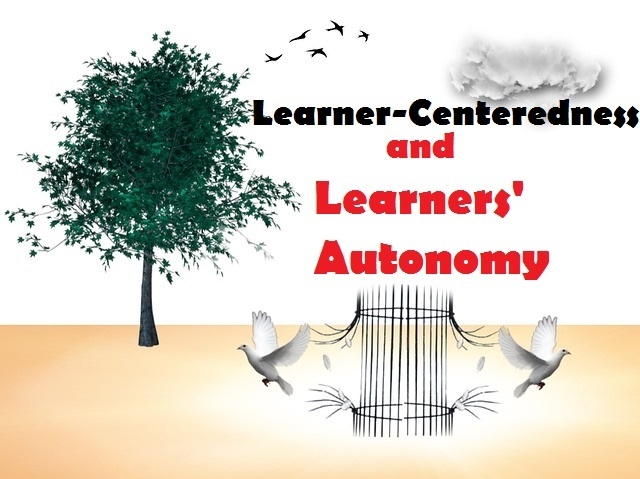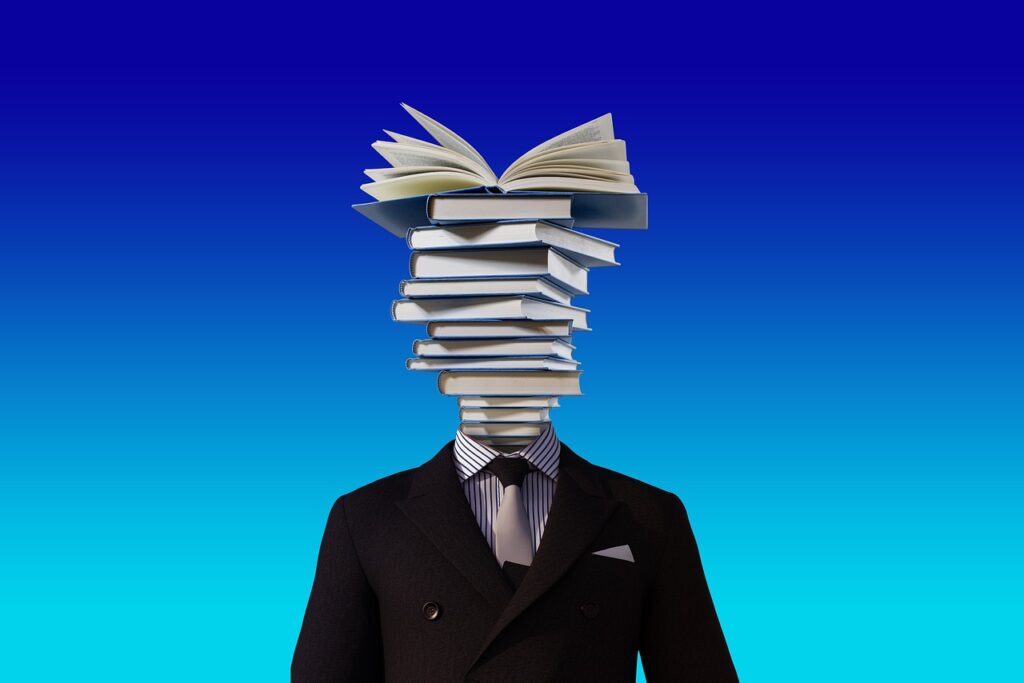No two learners are the same, just like no two fingerprints are alike. This is because our brains are all unique, leading to various ways in which we learn. That’s why multiple learning theories exist to explain how we acquire new knowledge.
For decades, psychologists and researchers have been studying learning processes to better understand how we absorb and apply information. In this article, we’ll take a closer look at 12 key learning theories that have shaped the field.
1. Behaviorism
Originating from John B. Watson, behaviorism was further developed by Ivan Pavlov, Edward Thorndike, and B.F. Skinner. It’s all about the idea that behavior can be learned through conditioning, as shown in Pavlov’s famous dog experiment. Pavlov demonstrated how pairing an unconditioned stimulus (food) with a neutral stimulus (a bell) led to a conditioned response (the dog salivating at the sound of the bell). Essentially, behaviorism focuses on how learning happens through interactions with stimuli in the environment, though it doesn’t account for cognitive processes.
2. Cognitivism
Cognitivism, championed by Jean Piaget, takes a more active approach, suggesting that learners are not just shaped by their environment but are active participants in the learning process. It highlights the importance of internal thought processes, including how we process, organize, and use information. Cognitivism emphasizes problem-solving, critical thinking, and metacognition (thinking about one’s own thinking), giving learners more control over their learning experiences.
3. Constructivism
Constructivism, also led by Piaget, builds on both behaviorism and cognitivism. It posits that learners actively construct their understanding of the world based on their experiences. This theory values prior knowledge and encourages reflection, scaffolding (structured learning), and active engagement. John Dewey and David Kolb were major influences on this learner-centered approach.
4. Humanism
Humanism, most associated with Abraham Maslow, places learners at the center, focusing on personal growth and self-actualization. This theory prioritizes autonomy, emotional well-being, and holistic development. According to humanists, we learn best when we feel supported, valued, and free to explore, making the learning process deeply personal and value-driven.
5. Connectivism
Introduced by George Siemens, connectivism is a modern theory that looks at how technology and digital connections shape our learning. In today’s world, knowledge isn’t just stored in our minds; it’s distributed across a network of information, much like a database. Learning is about making connections between these data points, with technology playing a critical role in facilitating this process.
6. Social Learning Theory
Albert Bandura’s social learning theory suggests that we learn by observing and imitating others. In his famous Bobo Doll experiment, children who observed aggressive behavior were more likely to imitate it. Bandura explained this through attention, retention, reproduction, and motivation, highlighting the role of social context in learning.
7. John Dewey’s Learning Theory
John Dewey believed that learning is an active, experiential process that goes beyond memorization. According to Dewey, meaningful learning happens when learners engage with their experiences, reflect on them, and question what they’ve learned. His theory stresses the importance of hands-on learning and democratic, social participation in education.
8. Experiential Learning
David Kolb expanded on Dewey’s ideas with his experiential learning theory, which emphasizes the cycle of learning through experience. Kolb’s model includes four stages: concrete experience, reflective observation, abstract conceptualization, and active experimentation. Essentially, we learn best by doing, reflecting on what we’ve done, and applying that understanding in new situations.
9. Information Processing Theory
This theory, largely influenced by George Miller, views the brain like a computer. Learning involves taking in information (input), processing it (organizing and storing), and then using it to produce an output (action or decision). Memory plays a critical role here, with short-term memory helping us process immediate information and long-term memory storing knowledge for future use.
10. Theory of Multiple Intelligences
Howard Gardner proposed that intelligence is not a one-size-fits-all concept. Instead, there are multiple types of intelligences, such as linguistic, logical-mathematical, spatial, and interpersonal, to name a few. Gardner’s theory suggests that each person has a unique blend of these intelligences, and traditional IQ tests cannot fully capture the breadth of human capabilities.
- Linguistic: The skill to understand and convey ideas using language and symbols.
- Logical/Mathematical: The capacity to work with numbers and identify patterns effectively.
- Spatial: The ability to interpret and analyze information based on shape, form, and size.
- Bodily-Kinesthetic: The talent for carrying out tasks requiring physical coordination, strength, and agility.
- Musical: The sensitivity to recognize, create, and express oneself through music.
- Interpersonal: The knack for connecting with and understanding other people.
- Intrapersonal: The awareness and management of your own thoughts and emotions.
- Naturalist: The ability to observe, classify, and understand the natural world.
These 10 theories reveal how our understanding of learning has evolved from simple behavior-based ideas to more complex frameworks that value reflection, experience, and personal growth. Each offers valuable insights for educators seeking to create engaging and effective learning experiences.







